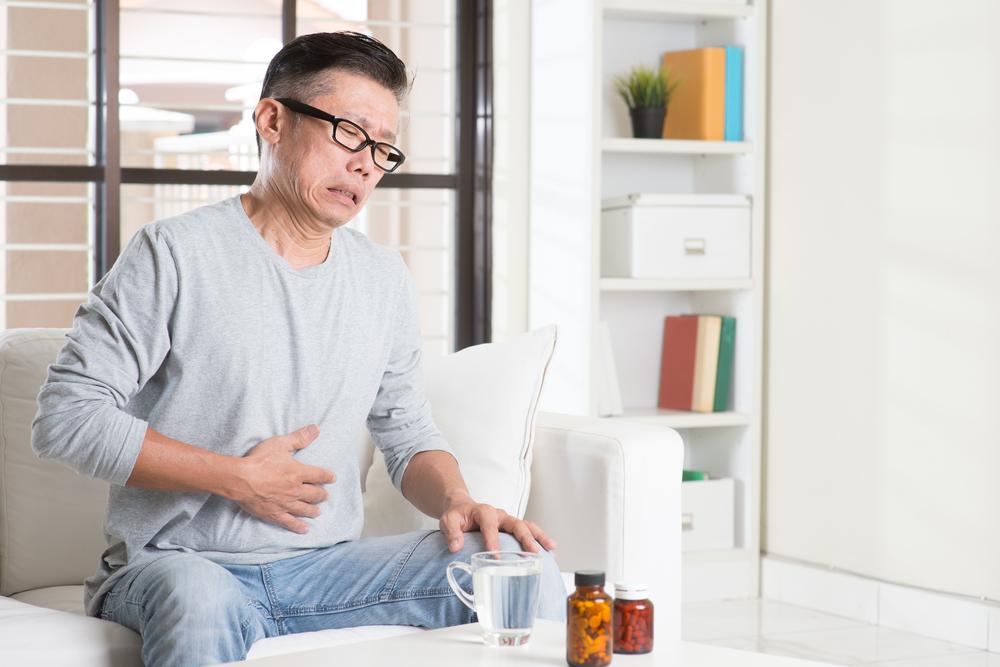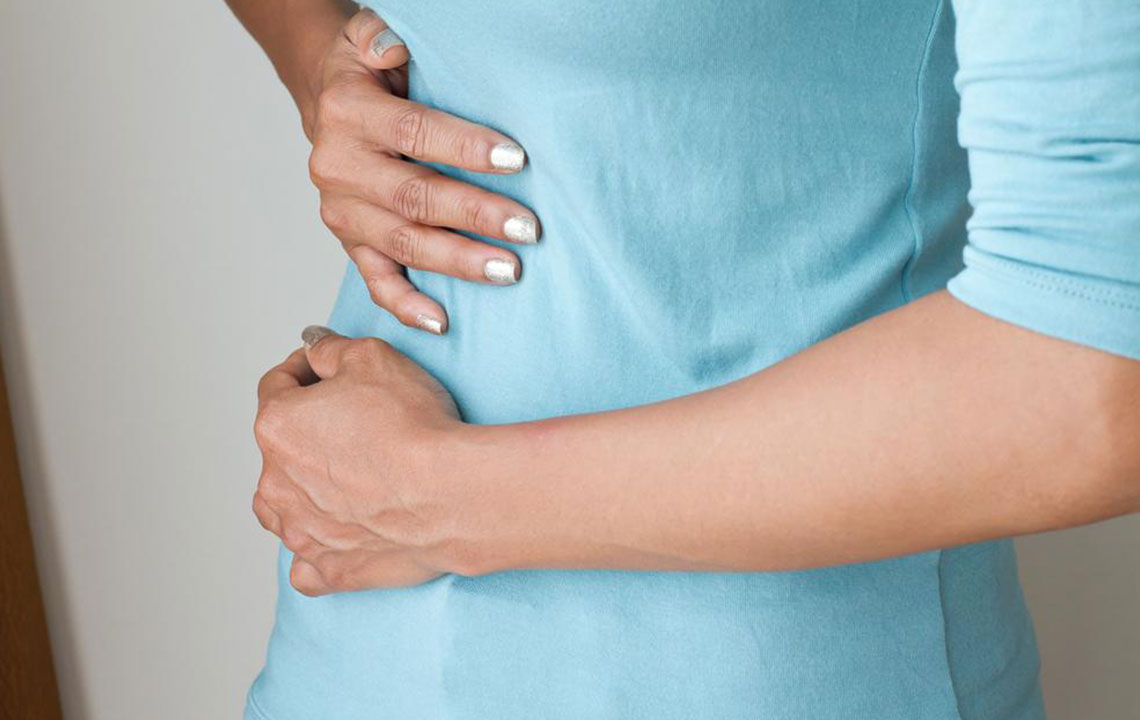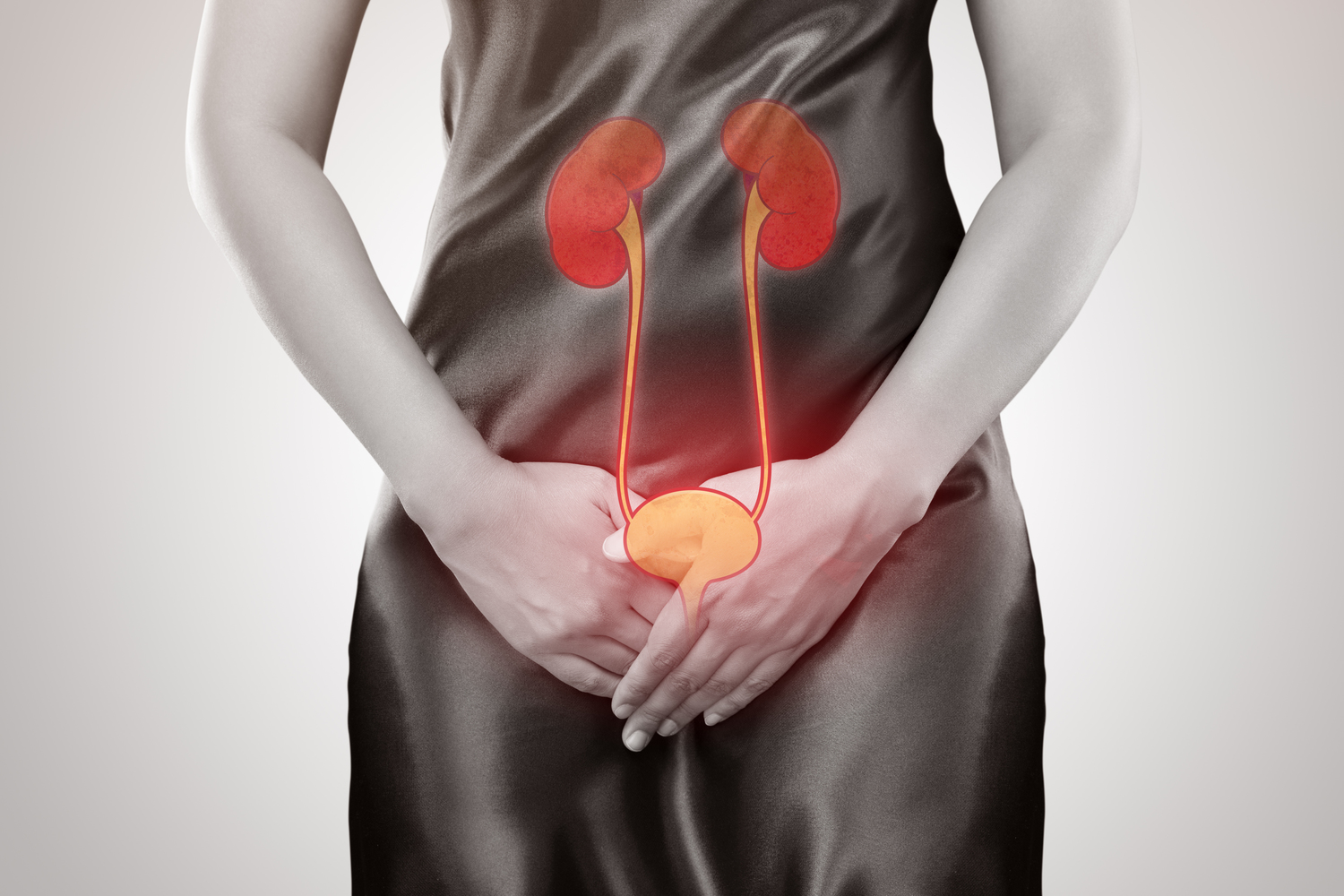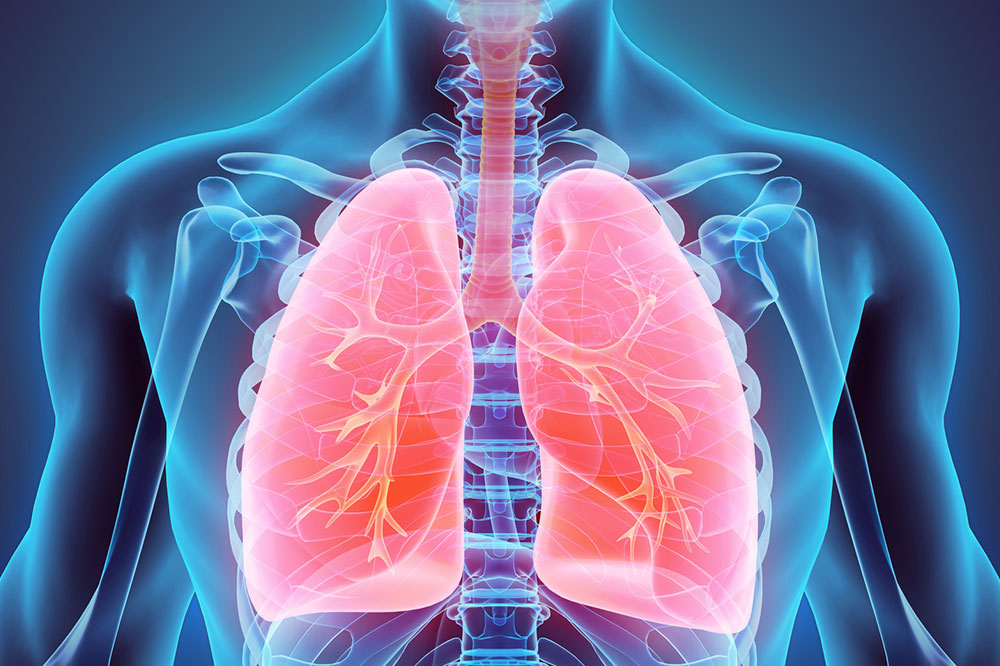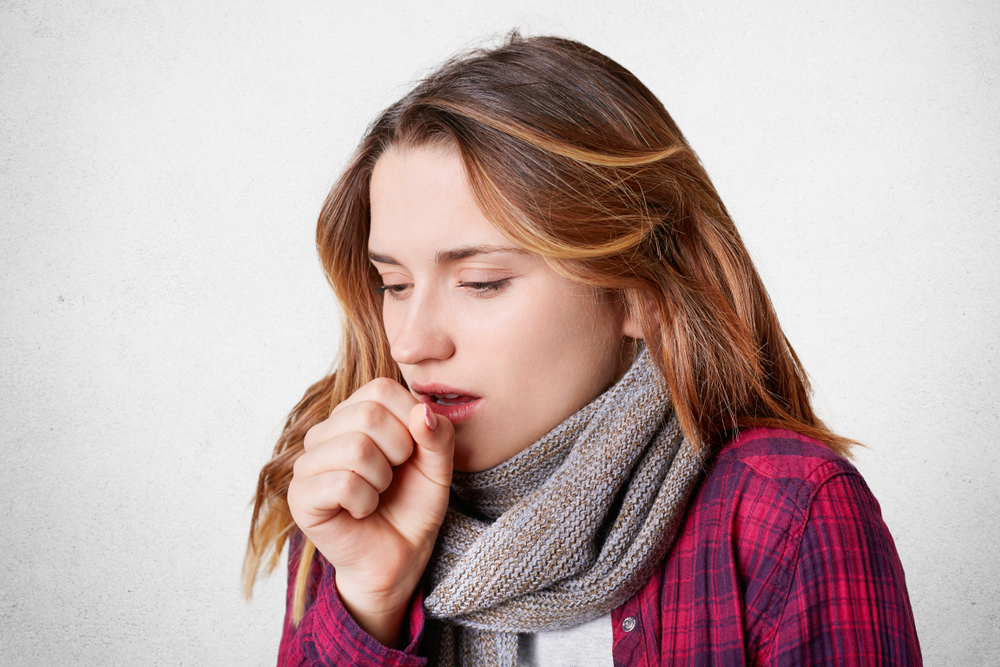Understanding Pink Eye: Symptoms, Causes, and Effective Treatments
Learn about pink eye, including its symptoms, causes, types, and effective home and medical treatments. Understand how to prevent its spread and manage discomfort through proper hygiene and care. Early diagnosis is key to avoiding contagiousness and ensuring quick recovery.
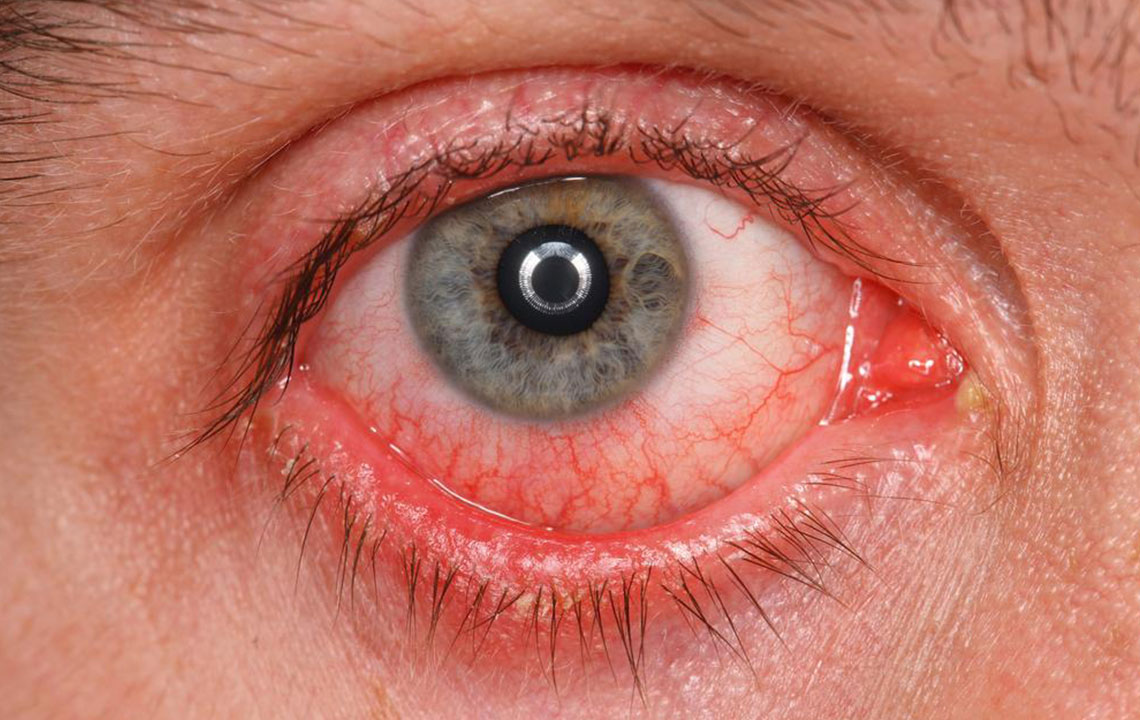
Pink eye, or conjunctivitis, is a widespread eye condition caused by infections or allergies. It results in redness, swelling, and irritation of the conjunctiva—the thin membrane covering the eyeball and eyelids. Although uncomfortable, it rarely affects vision. Correct diagnosis and proper treatment can alleviate symptoms and prevent spread. Conjunctivitis generally heals within 7 to 10 days, with treatment depending on whether it's viral or bacterial. Maintaining good hygiene and avoiding shared items are key to prevention and control.
Causes of Pink Eye
Pink eye can arise from viral or bacterial infections. Exposure to chemicals, smoke, fumes, or environmental irritants like wind and sun can also trigger conjunctivitis. Allergies are another common cause, leading to inflammation and irritation.
Types of Pink Eye
The condition is classified as viral or bacterial conjunctivitis based on its cause. Viral pink eye, often caused by adenovirus or herpes virus, usually lasts 3 to 5 days but can extend up to 3 weeks if chronic. Symptoms include watery eyes, redness, swollen eyelids, itching, burning, and mucus discharge. Mostly, viral pink eye resolves without medication, but good hygiene is essential to prevent spreading. Antiviral medications may be prescribed for herpes-related cases.
Bacterial pink eye results from bacterial infections like Staphylococcus, gonorrhea, or Haemophilus influenzae. Symptoms include yellowish discharge, crusted eyelashes, swelling, and mild pain. Antibiotics in eye drop form typically clear symptoms within 2 to 3 days. These medication or eye drops help reduce discomfort and prevent complications.
Home Care Tips
If affected, remove contact lenses and switch to glasses. Apply warm compresses for bacterial or viral infections; cold compresses are suitable for allergies or irritants. Use a separate compress for each eye to prevent cross-contamination. Gently wipe eye discharge with a clean tissue, wiping from inner to outer corner. If symptoms persist beyond 3-5 days or worsen, consult an ophthalmologist for proper diagnosis and treatment.
Preventive Measures
Wash hands thoroughly after touching your face or eyes, and after applying eye drops.
Avoid using eye makeup and disinfect or replace makeup tools regularly.
Refrain from sharing eye makeup, towels, pillows, or personal items.
During infection, do not wear contact lenses or share any lens-related accessories.
Use protective eyewear outdoors to reduce exposure.
Practice good hygiene when handling or administering eye medication.
Risks and Precautions
Pink eye is contagious but does not impair vision. Early diagnosis and hygiene measures help prevent its spread. If untreated or improperly managed, it can lead to persistent discomfort or secondary infections.


